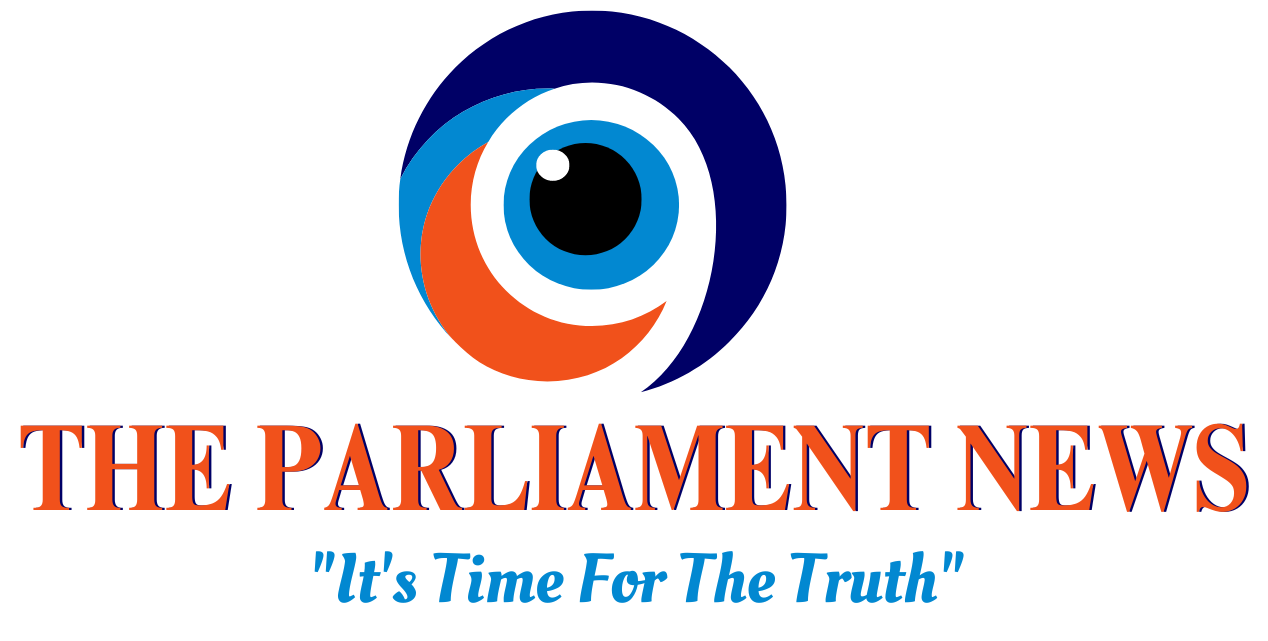As geopolitical and economic tensions between the U.S. and China continue to intensify, a new strategy is quietly gaining traction behind the scenes in Washington. According to reports, the Trump administration is drafting an executive order that would empower the U.S. government to stockpile large quantities of deep-sea metals—resources in which China currently holds significant global dominance.
This move isn’t just about creating reserves. It signals a more aggressive posture in the ongoing trade and technology race between the two superpowers. At stake are the minerals that form the backbone of modern technology—rare earth elements essential to the production of electric vehicle batteries, smartphones, wind turbines, and advanced military systems.
The Urgency Behind the Strategy
Rare earth elements may sound like a niche concern, but in today’s technology-driven economy, they are anything but. These 17 metals are critical to innovations in artificial intelligence, clean energy, telecommunications, and defense. Currently, China refines around 90 percent of the world’s supply—a figure that has left the United States strategically vulnerable.
That vulnerability was laid bare during the height of the U.S.-China trade war. In retaliation for U.S. tariffs—including a recent 145 percent levy on Chinese imports—Beijing responded with sweeping countermeasures, including a 125 percent tariff on U.S. goods and export restrictions on some rare earth materials. The message was clear: China’s dominance in these minerals could be weaponized.
What the Stockpiling Plan Entails
The Trump administration’s proposed executive order aims to do more than simply respond to existing threats—it seeks to anticipate future risks. The plan would authorize the stockpiling of deep-sea metals on U.S. territory to ensure a readily available reserve in the event of conflict or supply disruption.
This initiative is part of a broader policy shift that includes fast-tracking deep-sea mining applications and ramping up domestic processing capabilities. By shifting from dependency to resilience, the U.S. hopes to insulate its critical industries from the political and economic turbulence that can arise from overreliance on a single supplier—especially one as strategically complex as China.
The Bigger Picture
Rare earth independence is about more than trade balances; it’s about securing the industrial and technological future of the nation. As AI and clean technologies reshape global power dynamics, the nations that control the resources driving that transformation will shape the world order.
This isn’t just an economic play—it’s a national security imperative. From electric vehicles to fighter jets, the future is built on materials most Americans have never heard of, sourced from parts of the world most have never seen. If the U.S. can carve out even a modest foothold in this space, it could shift the balance of power in its favor over the long term.







 Sector-Specific Duties – Industries like pharmaceuticals and semiconductors could face targeted tariffs.
Sector-Specific Duties – Industries like pharmaceuticals and semiconductors could face targeted tariffs.






